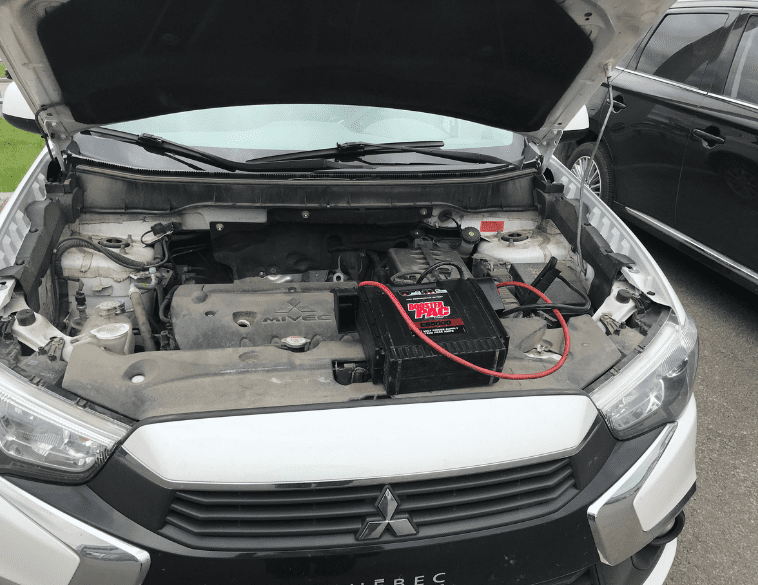The joys of winter certainly bring their share of technological challenges. But what about adding lockdown to these conditions?
Then you need to be doubly vigilant to avoid any mistakes! This is where small routine tasks, such as replacing, boosting or recharging a car battery, take on their full meaning.
Anecdote: In fact, at the beginning of January, I myself suffered the consequences with my vehicle, which was also in lockdown!
Let’s get back to the technological aspect. I presume that all of you are able to make a good basic diagnosis, i.e. measure a parasitic drain, take a voltage drop, check for corrosion on connectors and cables and check the charging system according to the manufacturer’s recommendations with a battery in good condition. However, these are only a small part of the technological elements surrounding a vehicle’s battery.
Need to reset
Let’s take the case of a battery replacement as an example. Nowadays, the first thing to determine is if the vehicle requires a reset. Next, you need to have a diagnostic monitor that offering that option.
In fact, did you know that there are specific devices that allow you to perform a reset directly through the vehicle’s DLC connector readout? Yes! In fact, the main function of this device is to indicate to the computer the state of charge of a newly installed battery in order to allow it to adjust the output voltage of the alternator accordingly.
Of course, you could find out whether or not there is an alternator simply by opening the cover. So, even for the most inexperienced driver, this technology hasn’t changed anything.
Persistent problem
However, we should remember that previously the alternator operated independently of the orderly system. Then, gradually, the temperature (and charging voltage) sensors were integrated, the current sensors were attached to one of the battery cables and today we find ourselves with almost total computer control through the communication network.
Despite this, it may still happen that problems remain after the battery has been replaced. In particular, some manufacturers will not necessarily recommend the use of trickle charge through the battery connectors or an auxiliary outlet. Why not? Because of the time and power consumption for some modules. The range of possible consequences is quite wide: non-functional accessories, partial display of the dashboard, starting without result, inoperative transmission and so on.
How do you explain to the customer that his car won’t start after replacing the battery?
Unfortunately, on the amount of battery changes made during the winter, a good number of vehicles will run without any apparent problem of neglecting to reset, but with a battery whose life will be reduced.
The current period, although difficult, is an ideal time to learn about the benefits of modern technology. We must seize the opportunity.
*P.S. I still have an indicator that shows on the dashboard more than 20 Volts with a 13.84 Volt charging system. Notice to interested parties. Ha!
Denis Pageau is a Senior Development Advisor with CAA-Quebec’s network of recommended garages and a skilled technician and trainer.



